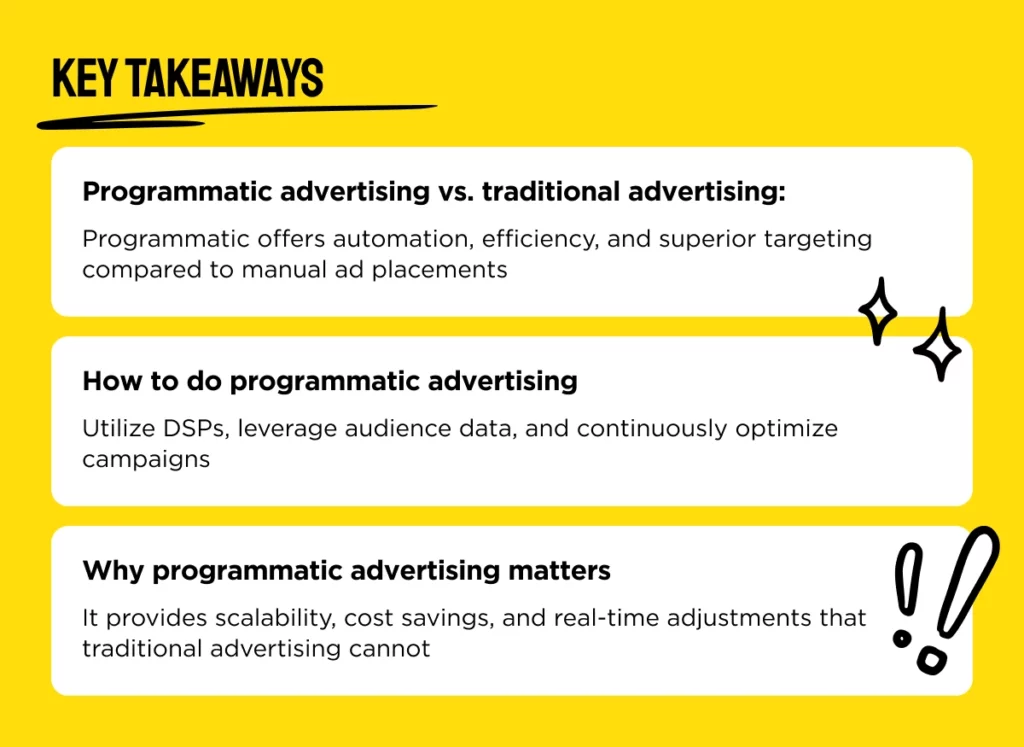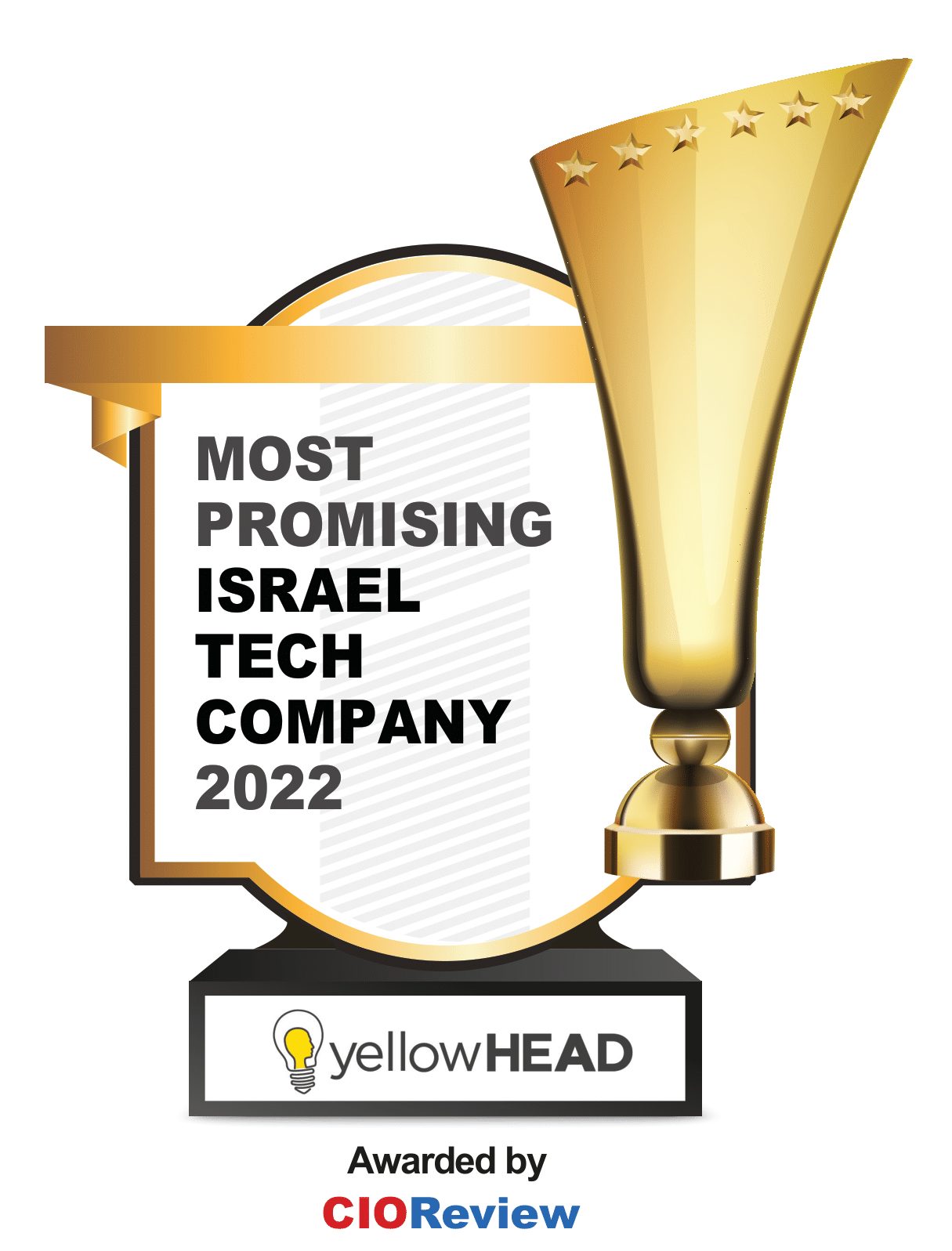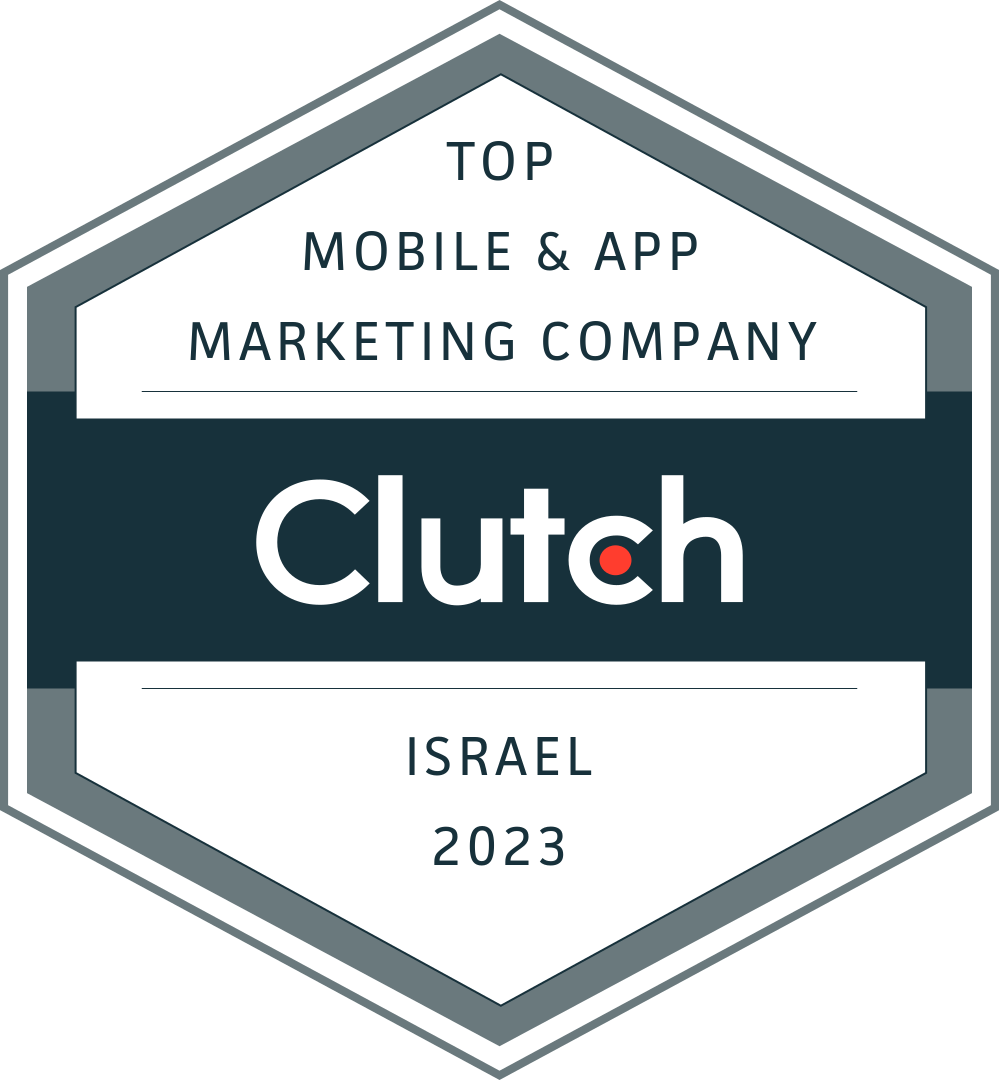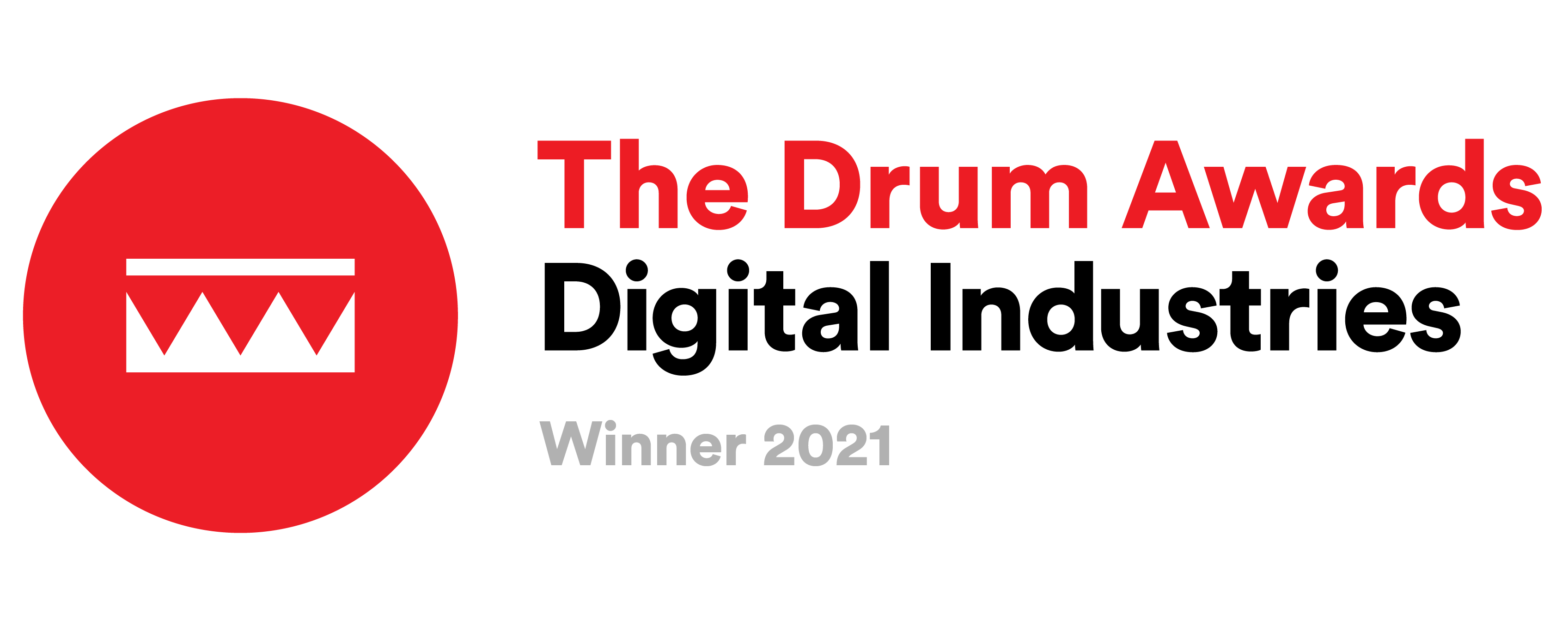Programmatic vs. Traditional Advertising: The Future of Digital Marketing

Advertising has evolved significantly over the years, shifting from traditional ad placements in print, television, and radio to highly sophisticated digital strategies. Among the most transformative innovations in this space is programmatic advertising – an automated, data-driven method of buying and placing ads in real time.
This article will explore the key differences between programmatic advertising vs. traditional advertising, discuss what programmatic advertising is, analyze the advantages of programmatic advertising, and explain why programmatic advertising is important for businesses seeking efficiency, scalability, and precision in their marketing campaigns.
Understanding Traditional Advertising
Traditional advertising refers to conventional marketing channels such as television, radio, newspapers, magazines, and billboards. These methods rely on human negotiations, manual ad placements, and fixed pricing models. While traditional advertising has been effective for decades, it lacks the agility and data-driven precision that modern marketers require.
Challenges of Traditional Advertising
- Lack of real-time optimization: Once an ad is placed, there is minimal ability to adjust based on performance.
- Broad targeting: Audiences are segmented using generalized demographics rather than specific data points.
- Limited measurability: Tracking success is challenging, often relying on surveys and estimates rather than concrete metrics.
- Higher costs: Manual negotiations and static pricing models can make traditional advertising more expensive and inefficient.
What is Programmatic Advertising?
Programmatic advertising refers to the automated buying and selling of digital ad inventory using artificial intelligence and real-time bidding. This approach leverages machine learning and vast datasets to optimize ad placements, ensuring that brands reach the right audience at the right time.
How Does Programmatic Advertising Work?
Programmatic advertising operates through demand-side platforms (DSPs), supply-side platforms (SSPs), and data management platforms (DMPs). These tools work together to enable automated transactions between advertisers and publishers. Here’s how the process unfolds:
- Advertiser Sets Campaign Goals: Marketers define target demographics, budget, and key performance indicators (KPIs).
- Real-Time Bidding (RTB) Takes Place: AI-driven algorithms bid on available ad spaces in milliseconds.
- Ad Placement Occurs: The winning bid secures the ad placement, ensuring the highest efficiency and effectiveness.
- Performance Data is Analyzed: Campaigns are continuously optimized in real-time based on performance insights.
Programmatic Advertising vs. Non-Programmatic Advertising
Many marketers are still using non-programmatic advertising, which involves direct media buying and manual placements. The difference between programmatic vs. non-programmatic advertising lies in automation, efficiency, and targeting capabilities.
Types of Programmatic Advertising
There are several approaches to programmatic advertising, each offering unique benefits:
- Real-Time Bidding (RTB): Also known as an open auction, RTB allows advertisers to bid on ad inventory in real-time.
- Private Marketplace (PMP): A more exclusive auction where selected advertisers get access to premium inventory.
- Programmatic Direct: Ad inventory is purchased directly from a publisher at a fixed price without bidding.
- Preferred Deals: Advertisers negotiate fixed pricing before bidding starts, ensuring a preferred position in the auction.
Benefits of Programmatic Advertising
Programmatic advertising provides a host of advantages over traditional methods, making it a crucial part of any modern marketing strategy.
1. Enhanced Targeting Capabilities
Programmatic ads use vast datasets, including browsing behavior, geographic location, interests, and real-time engagement, to reach highly specific audiences.
2. Greater Efficiency and Cost Savings
Because programmatic platforms operate in real-time, advertisers reduce wasteful spending and improve return on investment (ROI). Studies suggest that a significant percentage of ads today are transacted programmatically, with some estimates exceeding 80% of digital ad spend.
3. Real-Time Optimization
Unlike traditional advertising, programmatic marketing allows advertisers to adjust bids, targeting, and creatives on the fly, ensuring optimal performance.
4. Transparency and Measurability
With detailed analytics and tracking, advertisers can see exactly where their ads are being placed and how they are performing.
5. Scalability
Programmatic advertising enables businesses to scale their campaigns effortlessly, reaching millions of potential customers across multiple digital channels.
Why is Programmatic Advertising Important?
As digital consumption grows, programmatic advertising has become indispensable for businesses seeking efficiency, precision, and measurable results. With increasing competition, brands that fail to adopt programmatic marketing risk falling behind.
Boost Your Programmatic Advertising with yellowHEAD
Navigating the world of programmatic ads can be complex, but you don’t have to do it alone. At yellowHEAD, we specialize in data-driven programmatic marketing to ensure your brand reaches the right audience with the right message at the right time.
Ready to elevate your advertising strategy? Contact yellowHEAD today to optimize your programmatic campaigns and maximize your ROI!





















